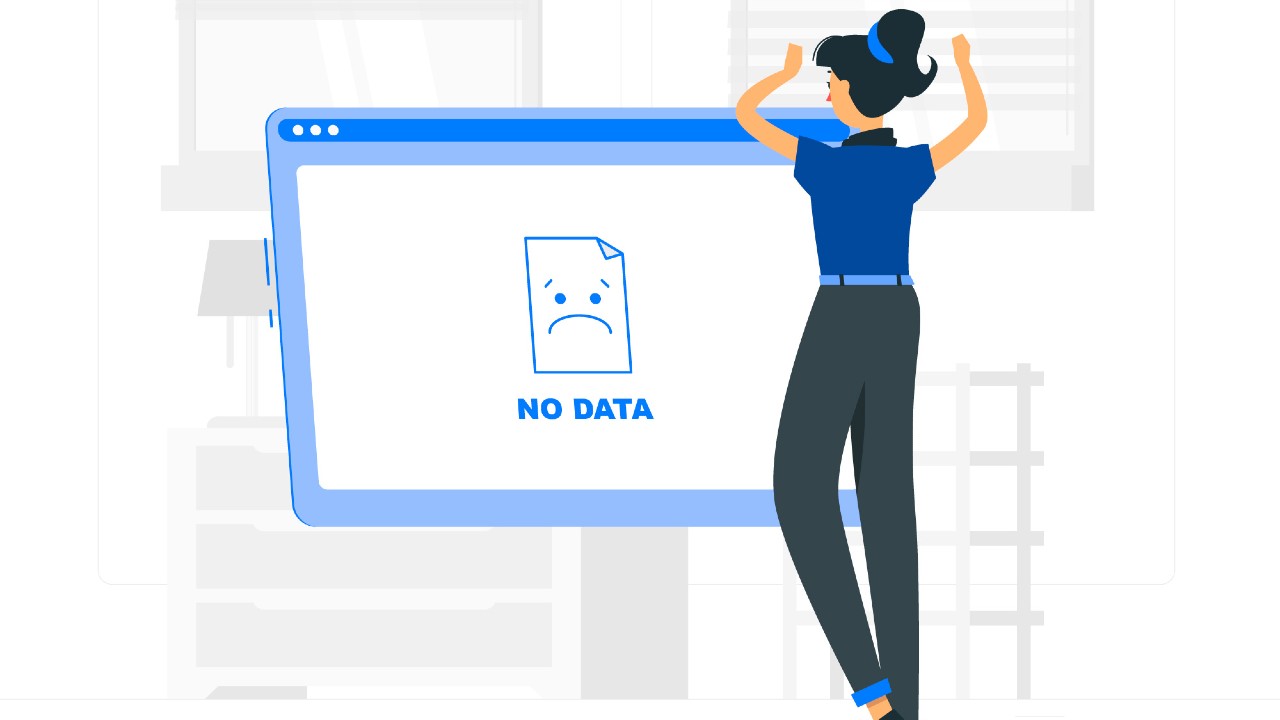
Domain management operates under the global standards set by ICANN (Internet Corporation for Assigned Names and Numbers). These standards are universally binding for all domain extensions. As the expiration of your domain approaches, the renewal and deletion processes outlined by ICANN come into play.
What Happens When a Domain Expires?
When a domain’s registration period ends, all administrative rights are lost. Essential actions like DNS updates or contact information modifications can no longer be performed. Expired domains may lead to suspended websites and email services, replaced with a parked page indicating the domain has expired.
Without renewal, expired domains enter the deletion process. ICANN’s guidelines define the following stages:
Active Status:
The domain is registered and fully operational. The owner can renew the domain at standard rates and retain all management rights.
On-Hold Status:
The domain enters a suspended state, displayed as "registrar-hold" in WHOIS lookup. Although the domain is inactive, it can still be renewed with additional penalty fees.
Redemption Period:
This phase offers a final chance for the domain owner to renew. It comes with a hefty fee—typically around $85 for .com and .net domains—and can vary for other extensions. In addition to the redemption fee, regular renewal fees apply.
Pending Delete:
After the redemption phase, the domain enters a 5-day period where it cannot be recovered by the owner. At the end of this phase, the domain is permanently deleted and becomes available for new registration.
Domain Renewal Fees and Processes:
To avoid these complications, it’s crucial to renew your domain before the expiration date, ensuring the continuity of your digital assets.
Customer Recommendations:
For corporate entities, it is advisable to secure long-term registrations and promptly renew domains to avoid any disruptions.